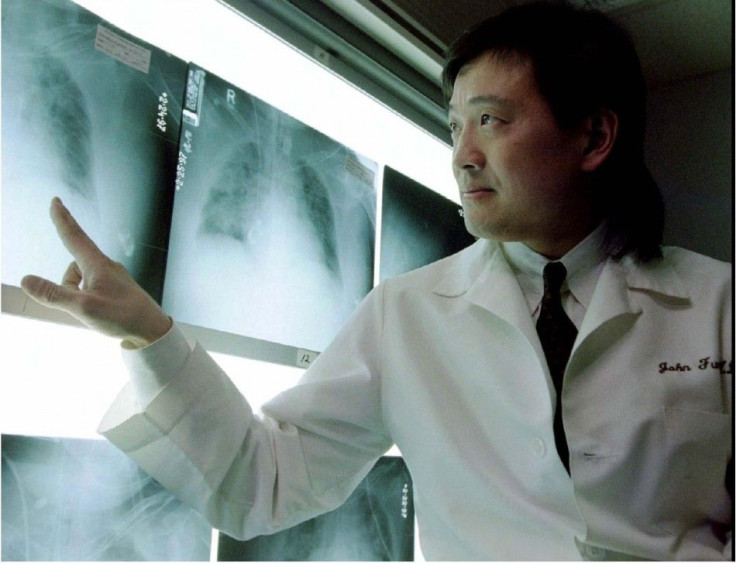Bone Growth With Stem Cells: Scientists Discover New, Easy Method To Help With Injuries

Doctors may have found a new way to help veterans and people with traumatic bone injuries.
Using pluripotent stem cells, researchers at the University of California San Diego have been able to promote bone tissue regeneration in mice with defects on their skull. The researchers say it could be an easy and cheap way to do the same for people with deformities or soldiers who have experienced severe bone trauma in battle, according to a study published Thursday in the journal Science Advances.
“One of the broader goals of our research is to make regenerative treatments more accessible and clinically relevant by developing easy, efficient and cost-effective ways to engineer human cells and tissues,” Shyni Varghese, a professor at UC San Diego and senior author of the study, said in a release.
The type of stem cell used can become any type of cell in the body — muscle, heart, skin, bone, anything — but getting them to change into any particular type of cell has historically been a difficult task. Generally, getting the stem cells to do what you want them to do requires a long recipe. Even so, scientists have remained pretty excited about the potential opportunity to replace damaged cells in organs throughout the body.
The new research showed stem cells could be controlled into “functioning osteoblasts” (cells that can build bones) by adding just one molecule to them. After that treatment, the bones created were like any other bones in the human body, complete with veins.
"It's amazing that a single molecule can direct stem cell fate. We don't need to use a cocktail of small molecules, growth factors or other supplements to create a population of bone cells from human pluripotent stem cells like induced pluripotent stem cells," Varghese said.
Bones are the second most transplanted human tissue in the world, a ranking that is made possible through 2 million procedures a year.
© Copyright IBTimes 2025. All rights reserved.






















